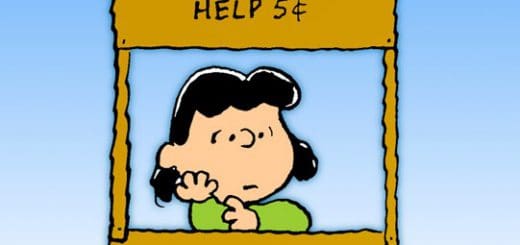What Exactly is CBT?
Depression is considered one of the most commonly diagnosed mental disorders in children. In 2016, 3.2% of children aged 3-17 years (approximately 1.9 million) had diagnosed depression. Depression is also the most common health problem for college students. In 2017, out of all adults with a major depressive episode, the age group with the highest prevalence of 13.1% was young adults aged 18-25.
 A gold standard treatment for depression is cognitive behavioral therapy, or CBT. CBT is based on the principle that psychological problems arise from negative thinking, which leads to negative feelings and behaviors, and eventually to distorted views of the world and themselves. For example, if someone was not invited to a birthday party, he might interpret it as, “They don’t like me.” This negative thought may trigger more negative thoughts, and he may start to think, “I’ll never be invited to parties because no one will ever like me.” These thoughts may bring about feelings of hopelessness and affect his behavior to be more isolated. CBT helps people to detect the distorted thinking that started this cycle and reframe it in a more healthy and realistic manner.
A gold standard treatment for depression is cognitive behavioral therapy, or CBT. CBT is based on the principle that psychological problems arise from negative thinking, which leads to negative feelings and behaviors, and eventually to distorted views of the world and themselves. For example, if someone was not invited to a birthday party, he might interpret it as, “They don’t like me.” This negative thought may trigger more negative thoughts, and he may start to think, “I’ll never be invited to parties because no one will ever like me.” These thoughts may bring about feelings of hopelessness and affect his behavior to be more isolated. CBT helps people to detect the distorted thinking that started this cycle and reframe it in a more healthy and realistic manner.
One of the ways that CBT does this is to have you track your mood before and after certain activities. This helps you to understand the effects that certain events have on your emotions. CBT  helps you to detect thoughts that triggered these emotions and challenge them. This can help you change the way you feel in certain situations and enable to change your behavior in the future. Another skill that you may learn is relaxing your mind, by deep breathing or deep muscle relaxation, which helps to calm you when you feel stressed. The result of practicing all these techniques through CBT is that you start thinking more positively and get better at regulating your mood.
helps you to detect thoughts that triggered these emotions and challenge them. This can help you change the way you feel in certain situations and enable to change your behavior in the future. Another skill that you may learn is relaxing your mind, by deep breathing or deep muscle relaxation, which helps to calm you when you feel stressed. The result of practicing all these techniques through CBT is that you start thinking more positively and get better at regulating your mood.
Reaping the benefits of CBT to have healthy thoughts and behaviors takes practice. This practice takes place in sessions, which can occur a few times a week for a few months. Practicing these skills in your daily life helps you to apply what you learn in CBT to the real world.
 In addition to CBT, it is important to schedule “fun time” to keep yourself busy and involved in activities that boost your mood, to enhance what you learn from therapy sessions. Playing sports, going for a bike ride, or walking the dog help to prevent negative behaviors that might result from feeling lonely or isolated. Doing activities with other people that you have enjoyed in the past reminds you of the support you have, and doing activities that help others makes you feel good about, and think positively toward, yourself.
In addition to CBT, it is important to schedule “fun time” to keep yourself busy and involved in activities that boost your mood, to enhance what you learn from therapy sessions. Playing sports, going for a bike ride, or walking the dog help to prevent negative behaviors that might result from feeling lonely or isolated. Doing activities with other people that you have enjoyed in the past reminds you of the support you have, and doing activities that help others makes you feel good about, and think positively toward, yourself.
A first step to recovery from depression is to recognize the distorted thoughts and triggers in your environment that bring about negative feelings and behaviors. CBT can equip you with the skills to detect these thoughts and build resilience to them in your daily life, making you a stronger, happier, and healthier person. However, CBT alone may not be for everyone, and some may need medication or other treatments either in addition to, or instead of, CBT. It is important to talk to your primary care doctor to see if CBT is right for you.
Have you had CBT before? What was your experience like? Do you know anyone else who has gone through CBT? If you have never had CBT before, is it something you think you would like to try? Share your thoughts and experiences below!
This SOVA blog post was based off an article from Lindsey Giller in U.S. News & World Report, “What to Expect From CBT for Childhood Depression.” To access the original post, check it out here.




Recent Comments